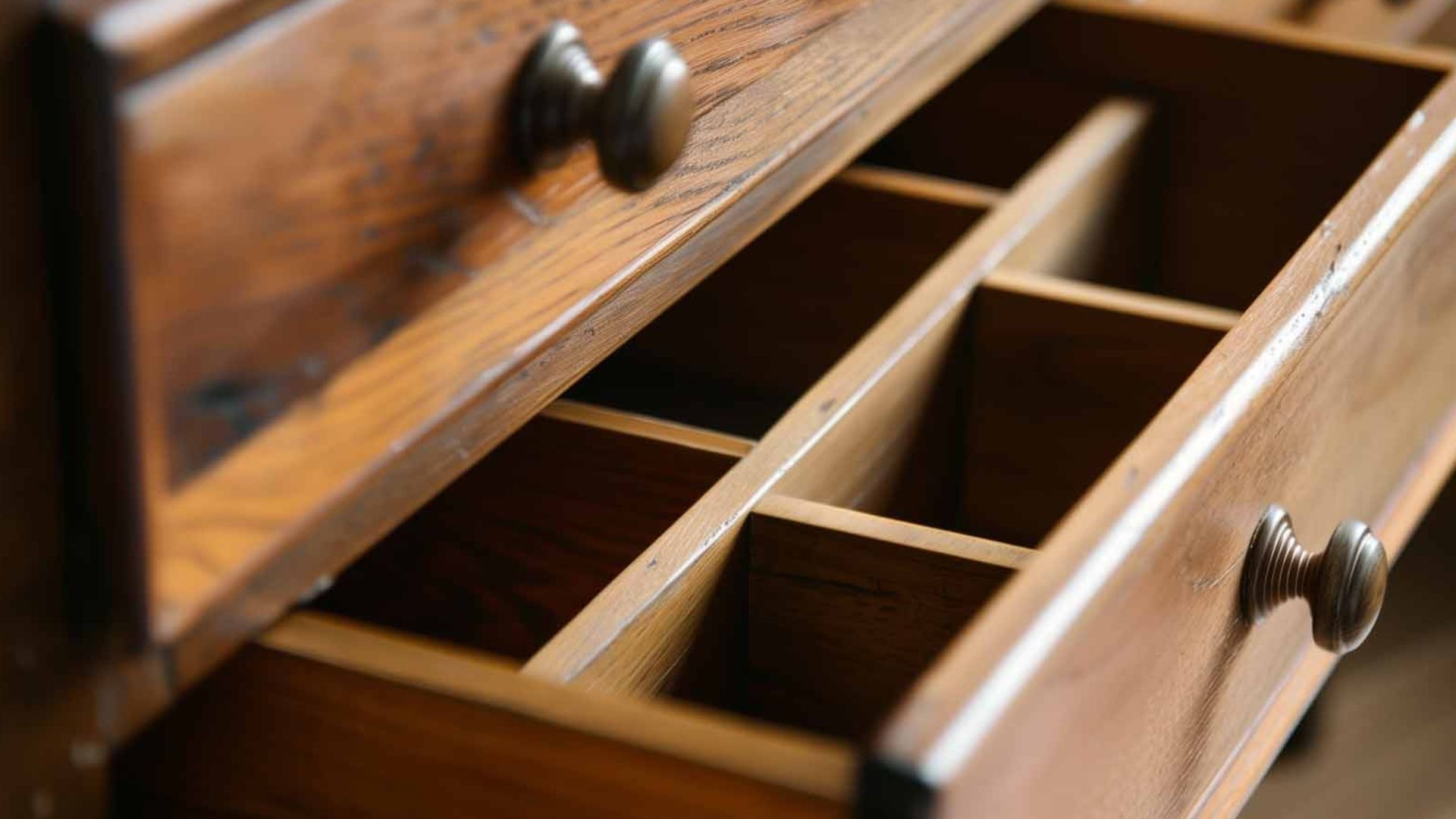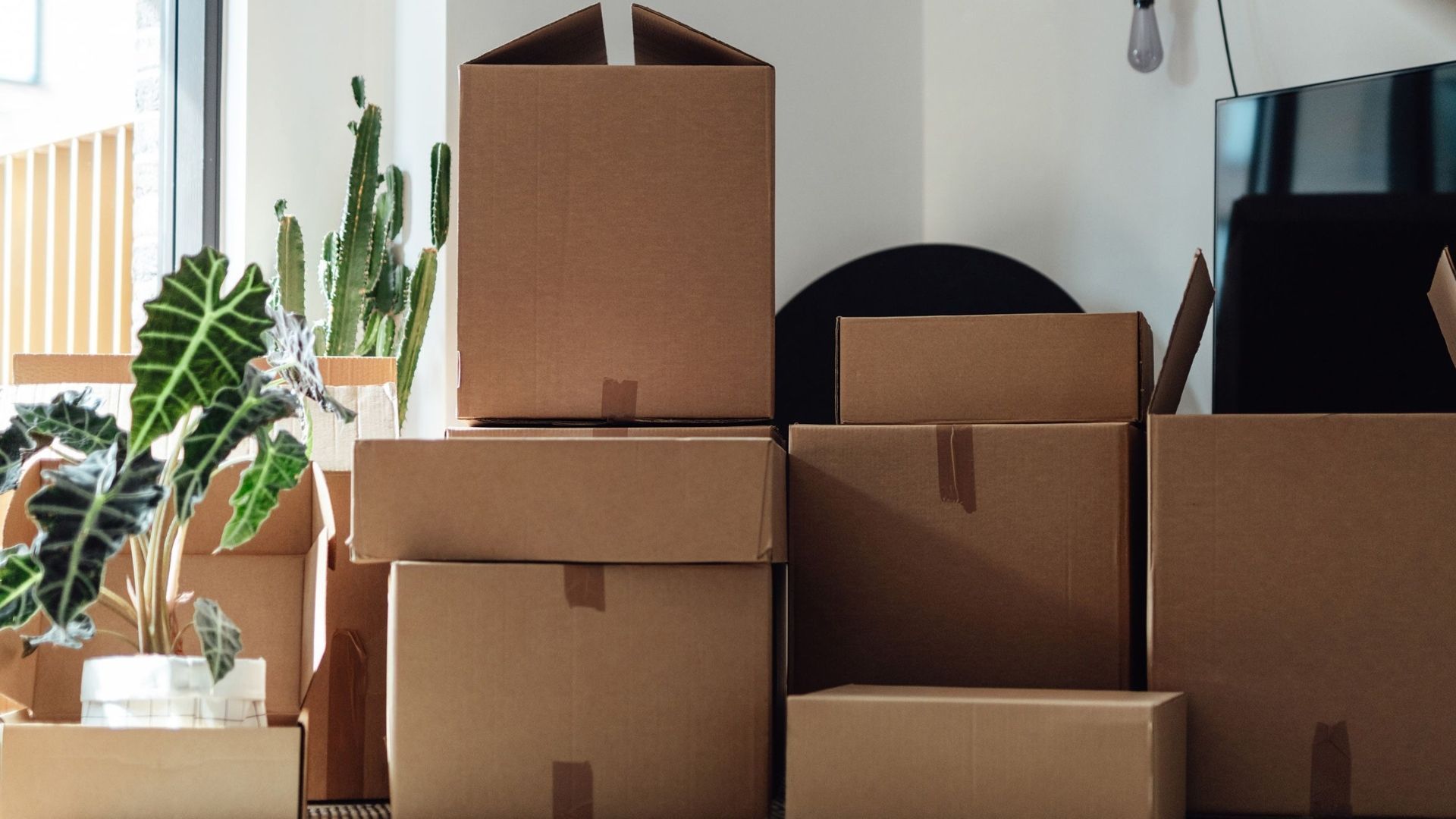How to Protect Breakables When Moving?
To Protect breakables when moving with the right packing materials and techniques. The key is using plenty of cushioning, proper wrapping methods, and sturdy boxes to keep fragile items safe during transport.
Moving fragile items doesn't have to be scary. With some simple tricks and the right supplies, you can keep your breakables safe. This guide will show you exactly how to pack and protect your fragile items so they arrive at your new home in perfect condition.
Why Protecting Breakables Matters During Your Move
Mirrors are the most filed-for item when it comes to making insurance claims during moves, according to moving industry data. This shows just how important it is to protect your fragile items properly.
When boxes get moved from truck to truck, they face lots of bumps and shaking. Without proper protection, your favorite dishes, family photos, and electronics can easily break. The good news is that most damage can be prevented with the right packing approach.
Essential Packing Materials for Fragile Items
Must-Have Packing Supplies
Before you start packing, gather these key materials:
Bubble wrap - Your best friend for protecting breakables. Use bubble wrap liberally to wrap each breakable item, making sure all ends are covered well.
Packing paper - Great for filling empty spaces and wrapping lighter items. Don't use newspaper as it can leave marks on your belongings.
Packing peanuts - Perfect for filling gaps in boxes and preventing items from moving around.
Strong boxes - Use thick, sturdy boxes that won't bend or break under pressure. Small boxes work best for heavy breakables.
Packing tape - Get heavy-duty tape to seal boxes properly. Packing tape can be as important as bubble wrap when packing fragile objects.
Free Alternatives You Already Have
You don't need to buy everything new. These household items work great too:
- Clean towels and blankets
- Soft clothing like t-shirts
- Pillowcases
- Socks for small items
The Right Way to Pack Different Types of Breakables
Glassware and Dishes
Pack delicate items vertically rather than horizontally - this applies to plates and other china. Rather than stacking plates horizontally like you would in your cupboards, they should be packed standing up like books on a bookshelf.
Here's how to pack dishes step by step:
- Wrap each plate or bowl in bubble wrap
- Place wrapped items vertically in the box
- Put cardboard dividers between each piece
- Fill empty spaces with packing paper
- Add a layer of cushioning on top
Hollow Items Like Vases and Bowls
Hollow items like vases, glassware, figurines, and even delicate bowls should be filled with packing material, such as crumpled packing paper. This will help to prevent cracking and shattering during transit.
Follow these steps:
- Fill the hollow space with crumpled paper
- Wrap the outside with bubble wrap
- Secure with tape
- Place in a well-padded box
Electronics and Screens
TVs, computers, and other electronics need special care:
- Use original boxes when possible
- Remove all cables and wrap them separately
- Cover screens with bubble wrap
- Add thick blankets for extra protection
- Label cables so you can reconnect them easily
The Double-Boxing Method for Extra Protection
Double boxing is a safe method for packing fragile items for moving. The outer box takes all the outside impact and the inner box holds the packed items isolated from any shocks and vibrations during the move.
When to Use Double-Boxing
Use this method for:
- Very expensive items
- Extremely fragile pieces
- Items with odd shapes
- Electronics without original packaging
How to Double-Box Items
- Pack the inner box - Place your wrapped item in a smaller box with padding
- Choose the outer box - Pick a box 2-3 inches larger on all sides
- Add cushioning - Put 3 inches of packing material around the inner box
- Seal securely - Tape both boxes well and label as fragile
Smart Box Packing Techniques
Choose the Right Box Size
Small boxes are frequently the best choice for packing fragile objects. Small boxes are easy to carry and restrict item movement that might happen in a larger box.
Prevent Movement Inside Boxes
Nothing in the box should be able to shift or move if the box is put on its side. Fill every empty space with:
- Crumpled packing paper
- Bubble wrap
- Packing peanuts
- Soft clothing
Layer Your Packing
Build your box like this:
- Bottom layer - 2-3 inches of cushioning
- Middle layer - Your wrapped items
- Top layer - More cushioning until the box is full
Proper Labeling and Handling
Clear Labeling Is Key
Always label boxes containing fragile items with a clear FRAGILE notice, and consider using arrows to indicate the correct upright position.
Write on multiple sides of the box:
- "FRAGILE" in large, bold letters
- "THIS SIDE UP" with arrows
- Which room the box belongs in
Separate Fragile Boxes
Keep fragile boxes separate from regular boxes. This helps you and your movers know which ones need extra care.
What NOT to Do When Packing Breakables
Common Mistakes to Avoid
- Don't overpack boxes - Heavy boxes are more likely to be dropped
- Don't use worn-out boxes - Old boxes can break open
- Don't leave empty spaces - Items will move around and break
- Don't stack fragile items - Keep them in separate layers
- Don't use newspaper - It can stain your items
Rushing the Process
When packing fragile items, it is especially important to take your time and be aware of what you're doing. Slowing down will keep you from cutting corners or making mistakes.
Professional Moving Tips
When to Consider Professional Packing
If you have valuable antiques, artwork, or collections, think about hiring professional packers. They have special training and materials for fragile items.
Work with Your Moving Company
If you're using local movers, talk to them about your fragile items. Good movers will take extra care when they know what's in each box.
Insurance Considerations
Check your moving insurance coverage. Some items might need extra protection or special handling agreements.
Loading and Transport Best Practices
Loading Fragile Boxes
- Load fragile boxes last so they're unloaded first
- Keep them away from heavy items
- Don't stack other boxes on top of fragile ones
- Secure everything so boxes can't slide around
DIY Moving vs. Professional Help
For very valuable or fragile items, consider transporting them yourself. There may be a few fragile and invaluable pieces that are best transported in your vehicle rather than a moving truck.
Unpacking Your Breakables Safely
Take Your Time
Don't rush when unpacking fragile items. Set up a clean, flat surface and unpack one box at a time.
Check Each Item
Look for any damage as you unpack. If you find problems, document them with photos for insurance purposes.
Save Packing Materials
Keep bubble wrap and boxes in good condition. You might need them for future moves or storage.
Room-by-Room Packing Guide
Kitchen Items
Your kitchen probably has the most breakables. Focus on:
- Dishes and glassware
- Small appliances
- Decorative items
- Spice jars and containers
Living Room and Bedroom
Don't forget about:
- Picture frames
- Lamps and light fixtures
- Decorative objects
- Mirrors
Special Collections
If you collect items like figurines or china, give them extra attention. Consider using specialized boxes with individual compartments.
When Things Go Wrong
Dealing with Broken Items
If something breaks during unpacking:
- Clean up carefully with gloves
- Save pieces if the item might be repairable
- Take photos for insurance claims
- Document what happened
Prevention for Next Time
Learn from any mistakes. What could you have done differently? Use this knowledge for future moves.
Budget-Friendly Protection Tips
Save Money on Supplies
- Ask local stores for free boxes
- Use household items as padding
- Buy supplies in bulk
- Reuse materials from online purchases
DIY Solutions
Get creative with protection:
- Egg cartons for small figurines
- Towels for extra cushioning
- Clothing as padding between items
Final Thoughts
Protecting breakables when moving doesn't have to be complicated. With the right materials, proper packing techniques, and careful handling, you can keep your fragile items safe. Remember to take your time, use plenty of cushioning, and label everything clearly.
The key is planning ahead and not rushing the process. Start packing fragile items early so you have time to do it right. Whether you're moving across town or across the country, these tips will help ensure your breakables arrive safely at your new home.
Need help with your move? The professional team at Last Stop Moving offers expert packing services to keep your fragile items protected throughout your relocation.



